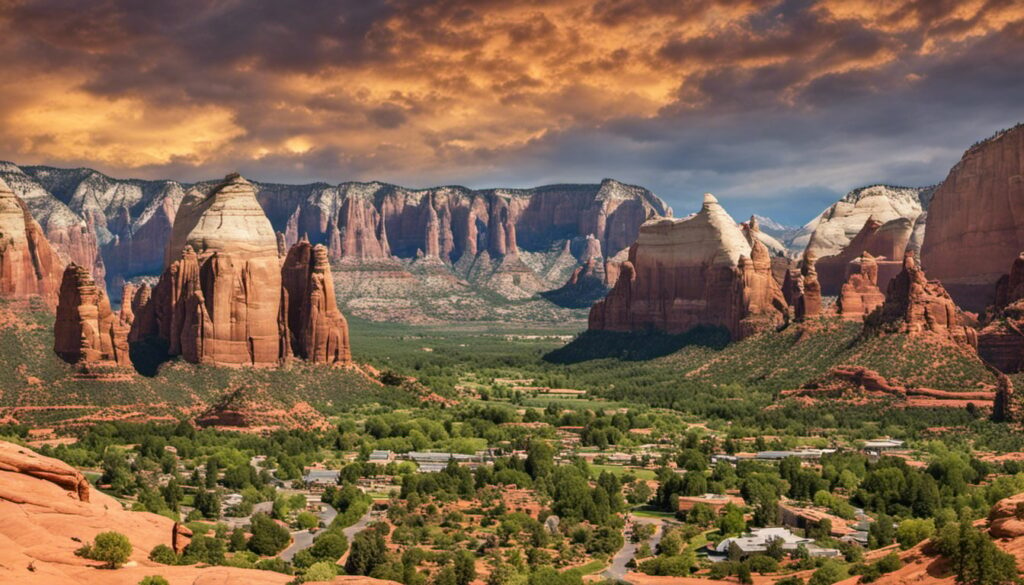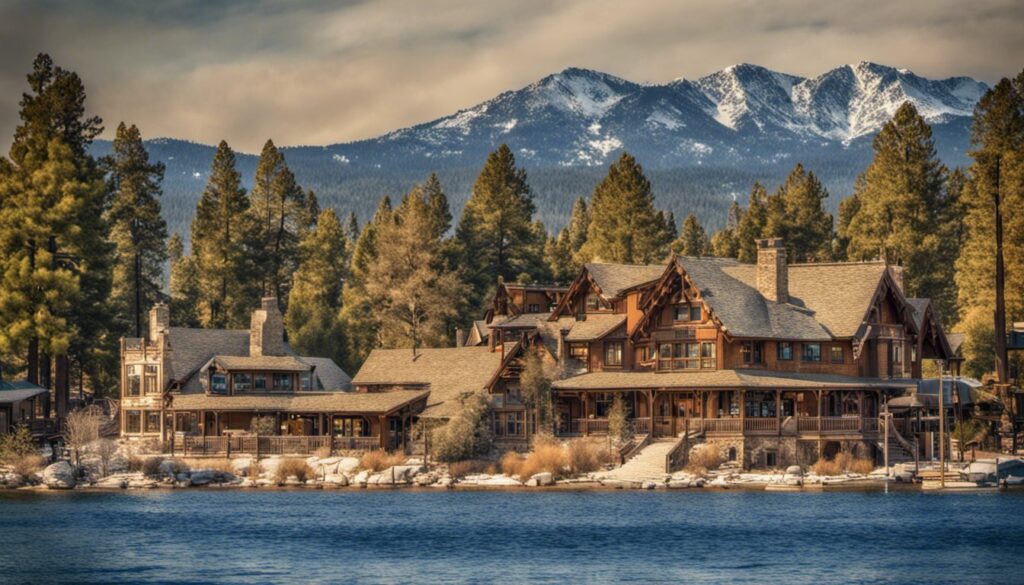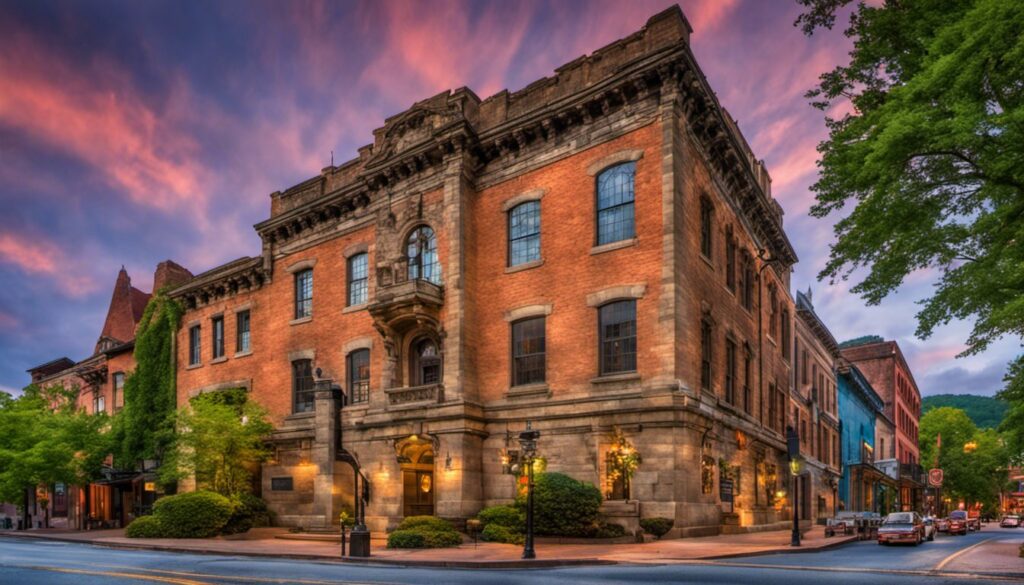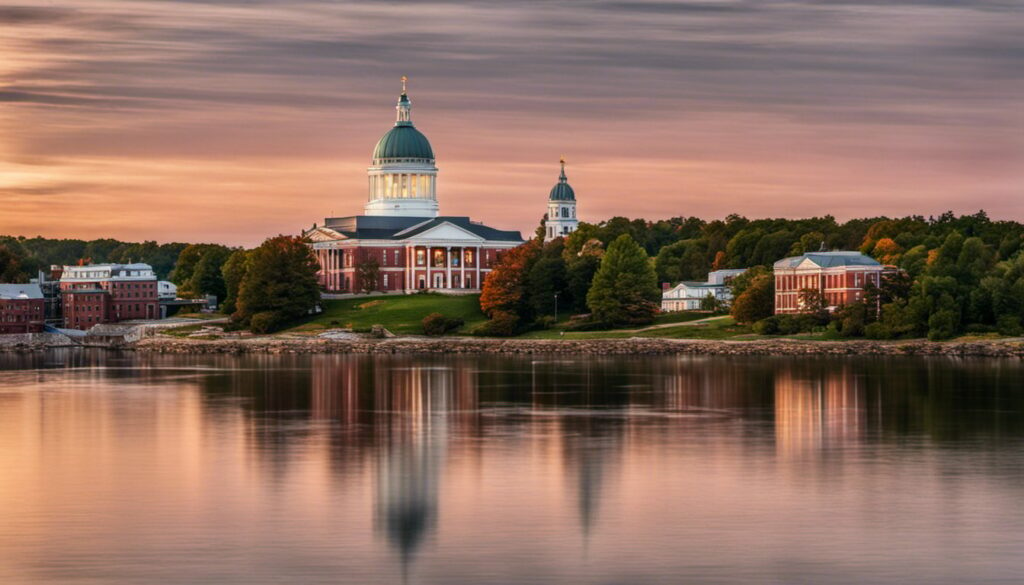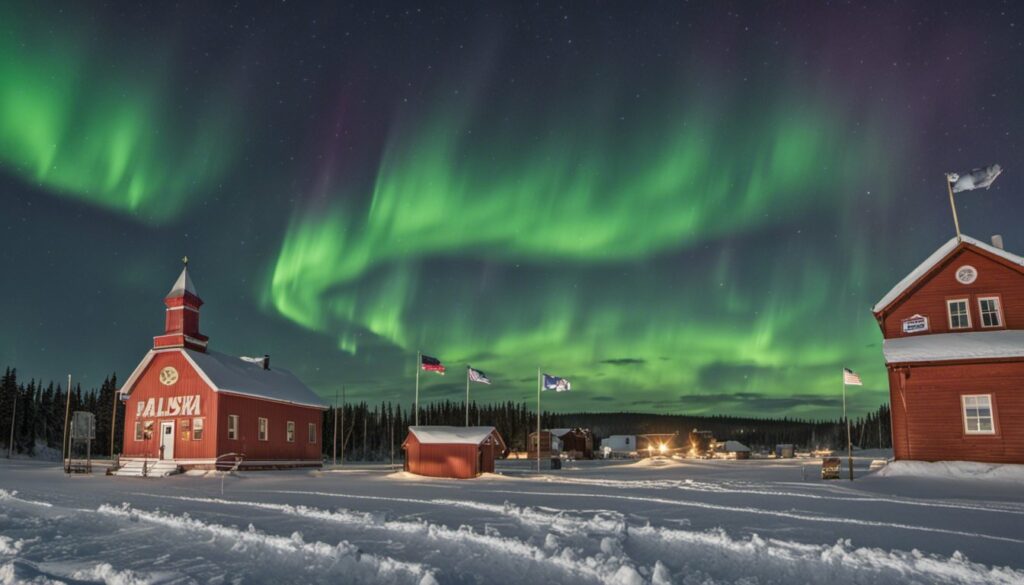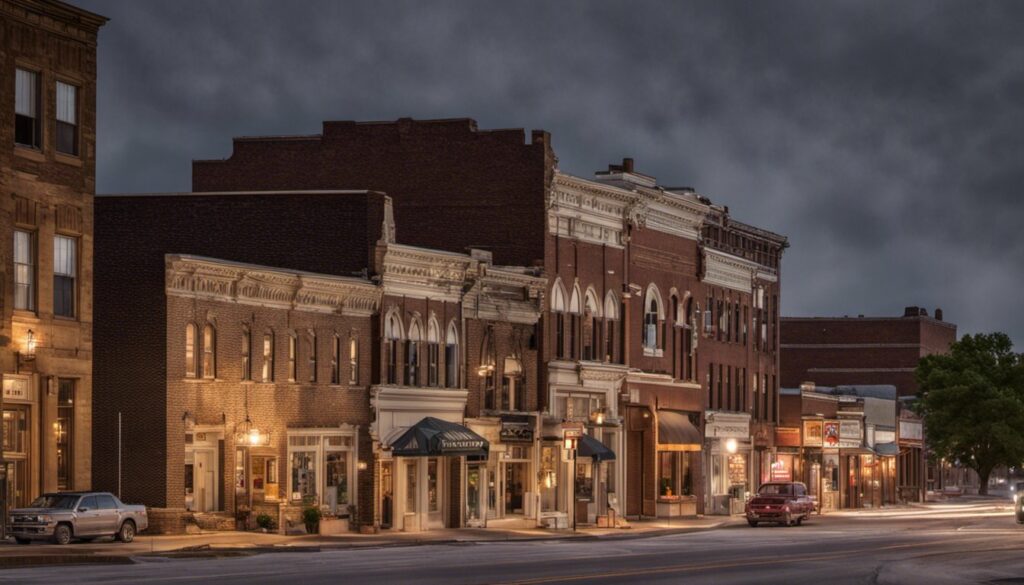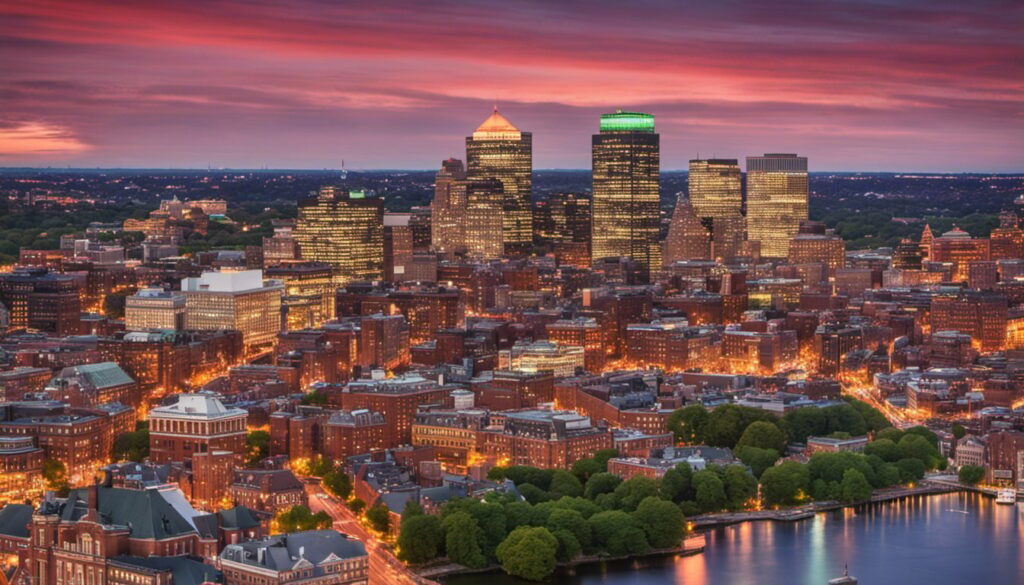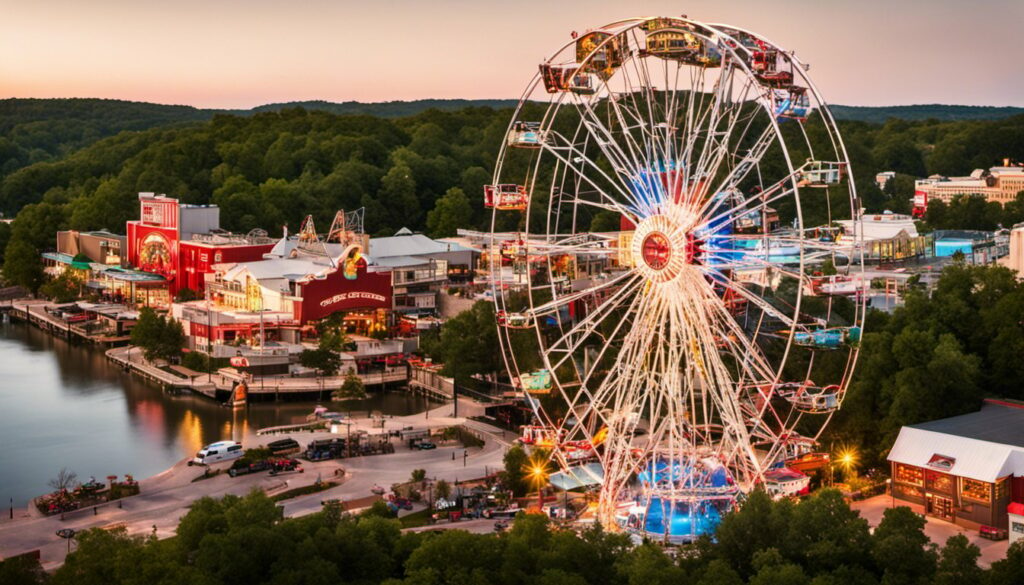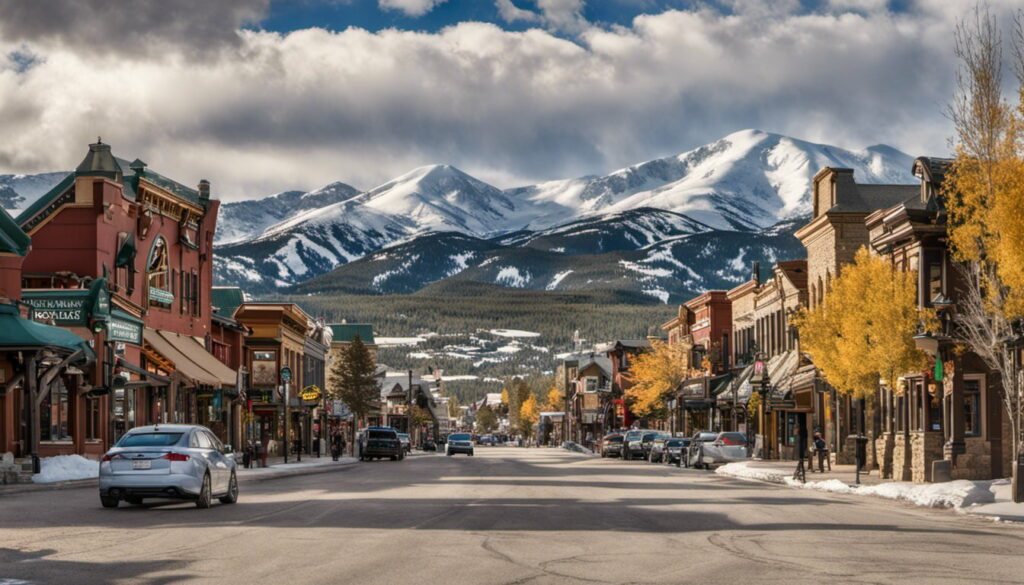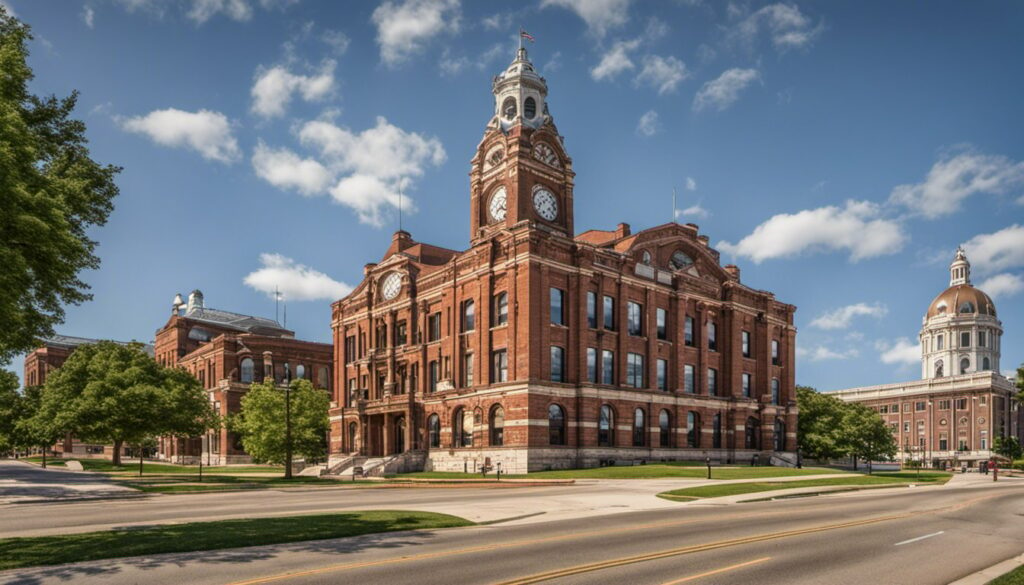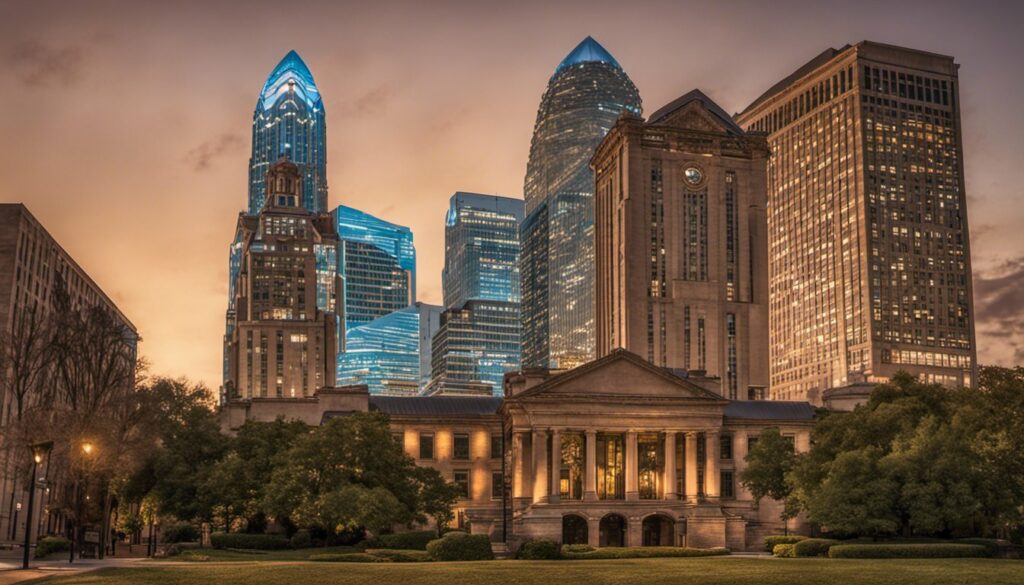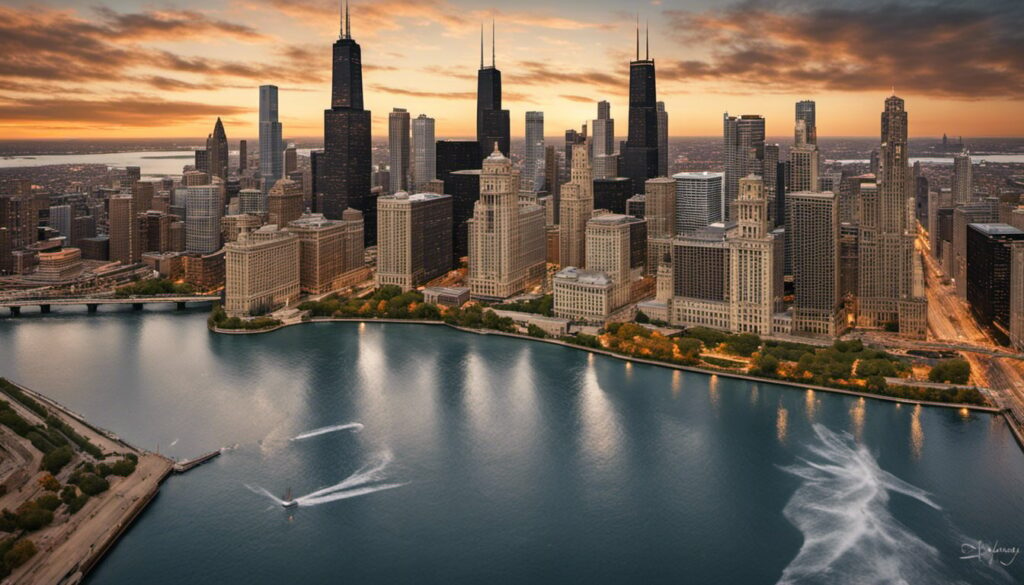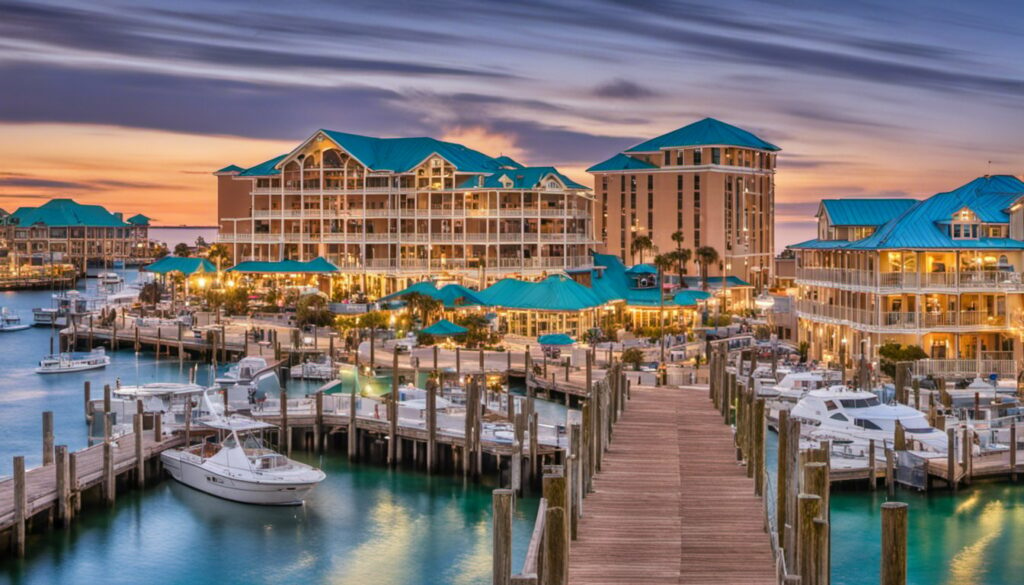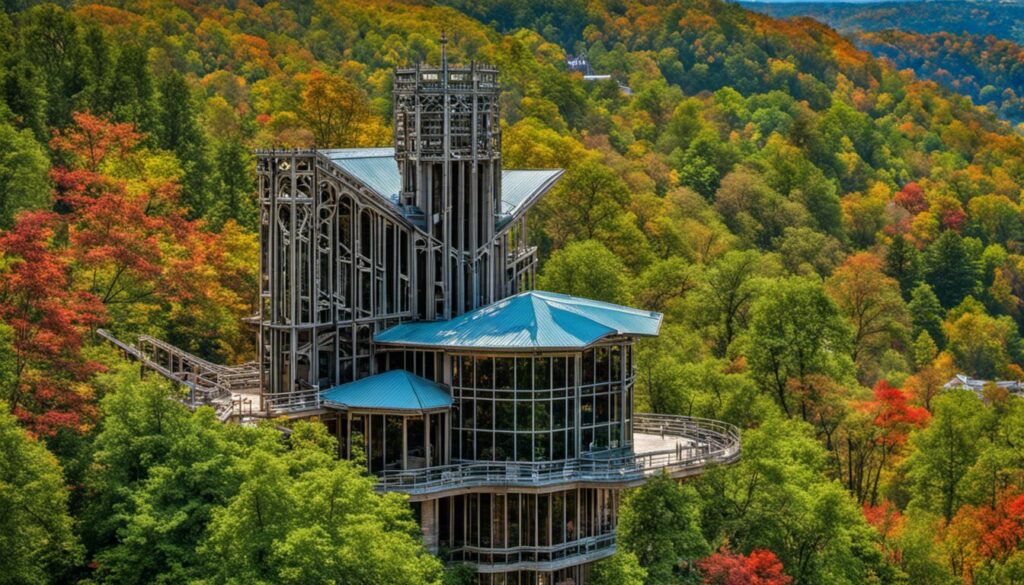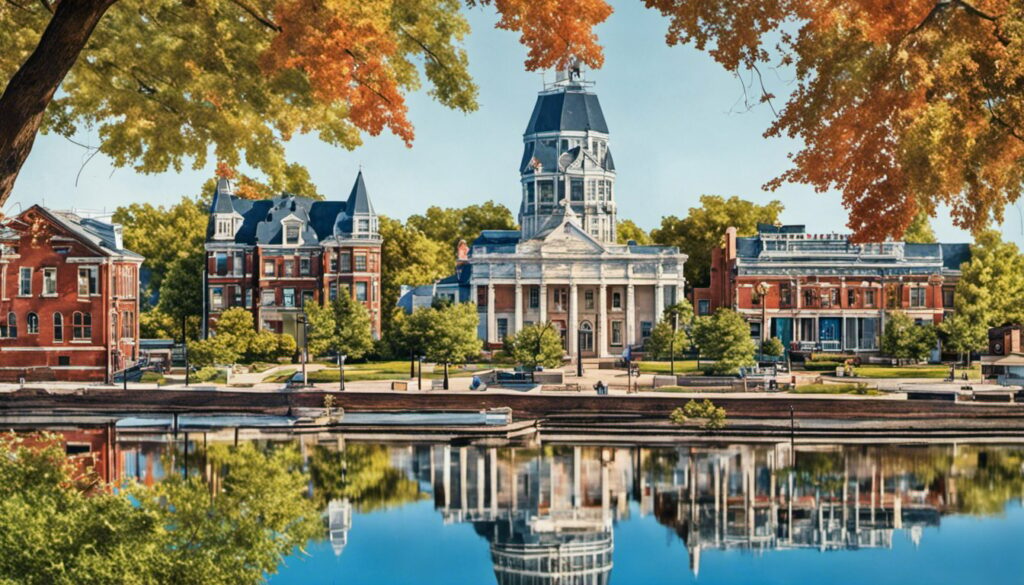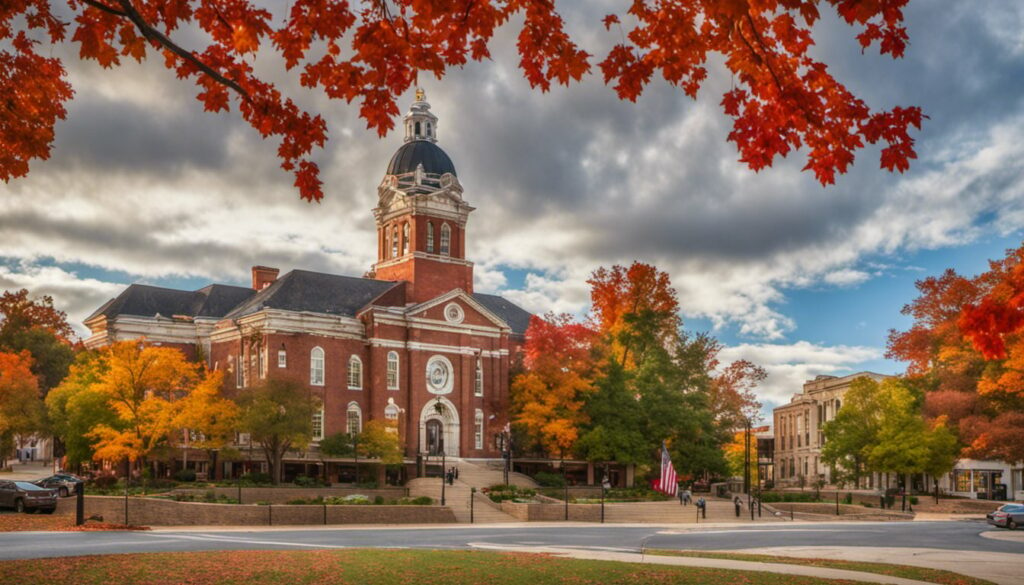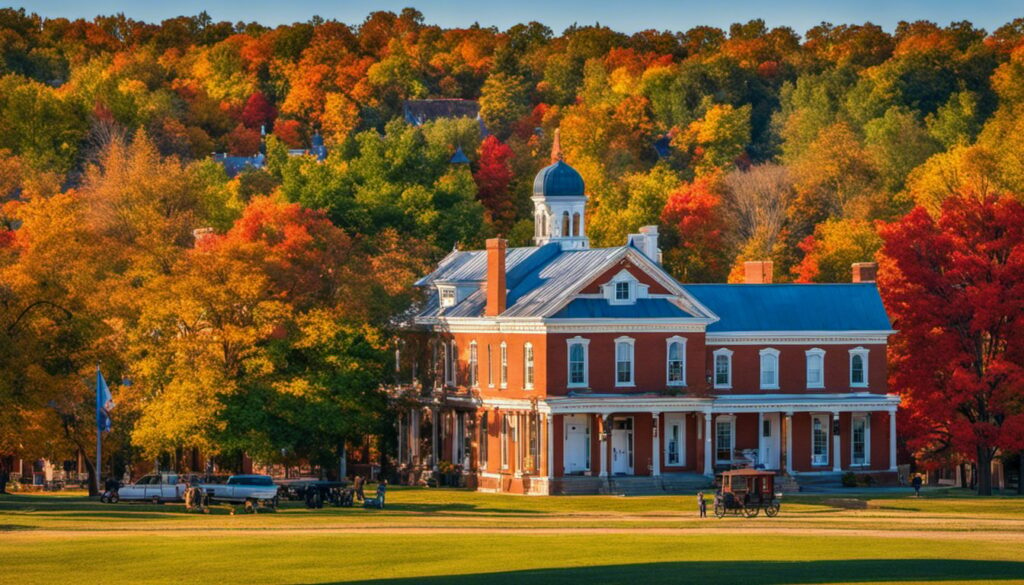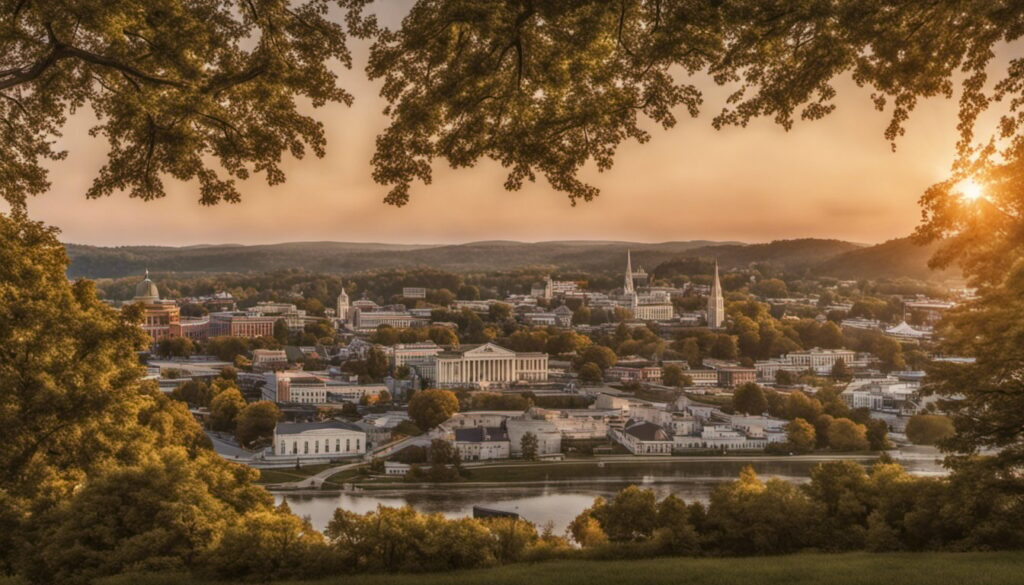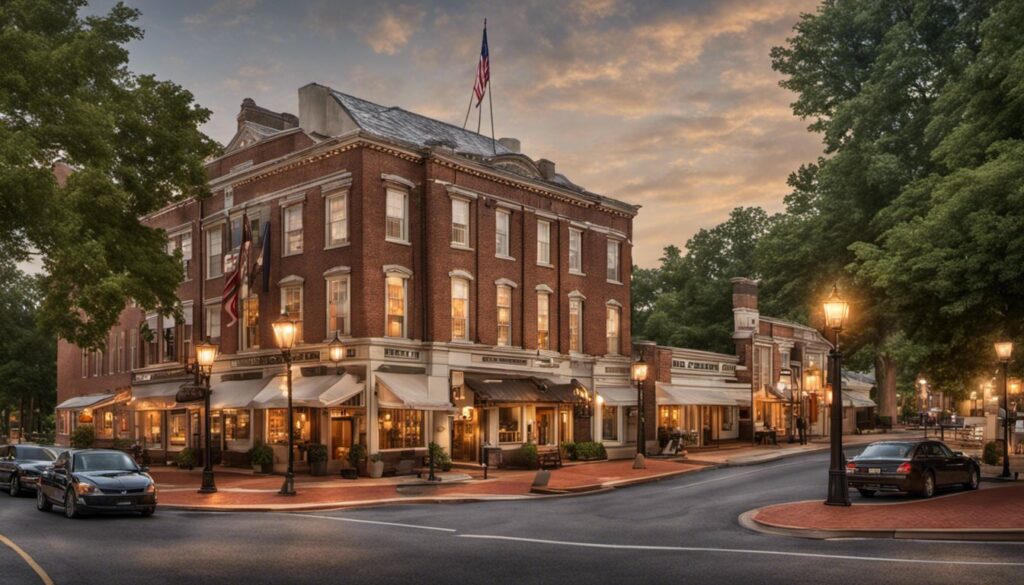Table Of Content
Explore Utah’s Rich History: Discovering Historical Sites and Famous Landmarks



Utah is a state with a rich history and diverse landscapes that are home to many famous landmarks and historical sites. From the Great Salt Lake to the stunning red rock formations of Arches National Park, Utah is a unique destination that offers something for everyone. Whether you’re a history buff, a nature lover, or simply looking for a fun vacation spot, Utah has plenty of attractions to explore.
One of the most significant aspects of Utah’s history is its role in the development of the American West. The state is home to many famous landmarks and historical sites that are closely tied to this period, including the Golden Spike National Historic Site, which marks the completion of the transcontinental railroad, and the Mormon Pioneer National Historic Trail, which traces the path of the pioneers who settled in Utah in the 1800s. In addition, Salt Lake City, the state’s capital, is home to many important historical monuments and landmarks, including Temple Square, the Utah State Capitol Building, and the Cathedral of the Madeleine.
Whether you’re interested in exploring Utah’s national parks, visiting its historic sites, or simply taking in its unique landscapes and structures, there’s no shortage of things to do and see in this beautiful state. So why not plan a trip to Utah today and experience all that this amazing destination has to offer?
Key Takeaways
- Utah is a state with a rich history and diverse landscapes that are home to many famous landmarks and historical sites.
- Utah played a significant role in the development of the American West, and is home to many famous landmarks and historical sites that are closely tied to this period.
- Whether you’re interested in exploring Utah’s national parks, visiting its historic sites, or simply taking in its unique landscapes and structures, there’s no shortage of things to do and see in this beautiful state.
Historical Significance of Utah



Utah is a state with a rich history and a plethora of historical landmarks, sites, and monuments. The state has been home to various Native American tribes for thousands of years. In the mid-1800s, Utah became a destination for pioneers and Mormon settlers, who played a significant role in shaping the state’s history and culture.
Emigration Canyon, located east of Salt Lake City, was a crucial point for pioneers heading west. The canyon was the last leg of the journey for the Mormon pioneers, who settled in the Salt Lake Valley in 1847. The canyon is now a popular tourist destination, with various historical markers and sites along the way.
The transcontinental railroad, completed in 1869, played a significant role in Utah’s history. The Golden Spike National Historic Site at Promontory commemorates the completion of the railroad, which connected the East and West coasts of the United States. The site features a replica of the Jupiter and No. 119 steam locomotives, which met at Promontory for the ceremony.
John Wesley Powell, a famous explorer and geologist, led expeditions through Utah’s canyons and rivers in the late 1800s. Powell’s explorations led to the discovery of the Grand Canyon and the Colorado River. The John Wesley Powell River History Museum in Green River features exhibits on Powell’s explorations and the history of the Colorado River Basin.
Utah was also an important stop on the Oregon Trail, a 2,000-mile route that pioneers used to travel from Missouri to Oregon in the mid-1800s. The trail passed through Utah, and various markers and sites along the way commemorate the pioneers’ journey.
Overall, Utah’s history is rich and diverse, with significant contributions from pioneers, Mormon settlers, and various explorers and adventurers. The state’s historical landmarks and sites offer a glimpse into Utah’s past, and are a must-see for anyone interested in history and culture.
Famous Landmarks in Salt Lake City


Salt Lake City is home to many famous landmarks that attract visitors from all over the world. Here are some of the most iconic landmarks that you should definitely visit when you’re in town.
Temple Square



Temple Square is the most popular attraction in Salt Lake City, and for good reason. It is the headquarters of The Church of Jesus Christ of Latter-day Saints, and it features a number of historic buildings and beautiful gardens. The most recognizable building on the square is the Salt Lake Temple, which is one of the most famous landmarks in Utah. You can also visit the Tabernacle, Assembly Hall, and the Beehive House, which was once the home of Brigham Young.
Utah State Capitol
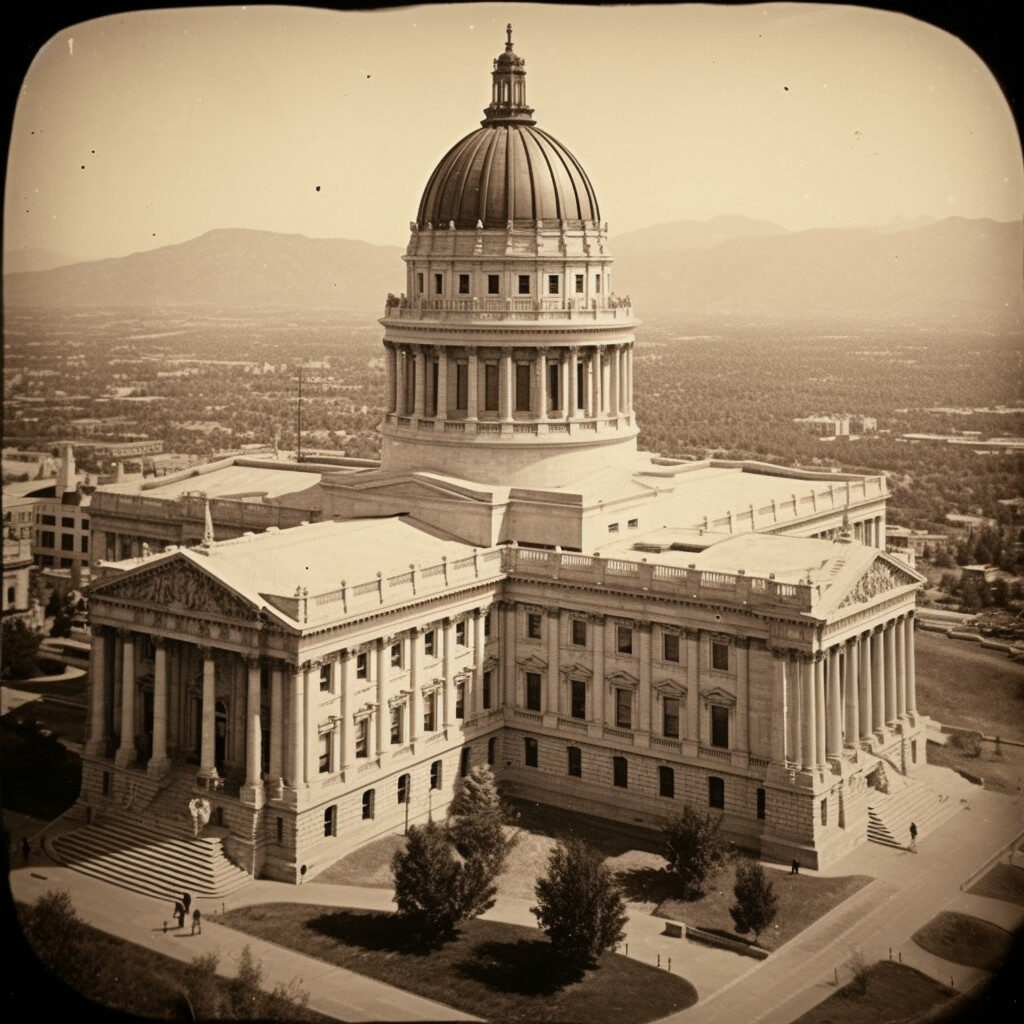

The Utah State Capitol is another must-see landmark in Salt Lake City. It is located on Capitol Hill and offers stunning views of the city. The building itself is an impressive piece of architecture, with its white granite exterior and copper dome. Inside, you can explore the rotunda, the House and Senate chambers, and the governor’s office.
Cathedral of the Madeleine



The Cathedral of the Madeleine is a beautiful Catholic cathedral located in the heart of Salt Lake City. It was built in the Gothic Revival style and features stunning stained glass windows and intricate wood carvings. The cathedral is open for tours and mass services, and it is a peaceful and serene place to visit.
Beehive House


The Beehive House is a historic building located on Main Street in Salt Lake City. It was once the home of Brigham Young, the second president of The Church of Jesus Christ of Latter-day Saints. The house is named after the beehive sculpture on its roof, which is a symbol of industry and hard work. You can take a guided tour of the house to learn more about its history and the life of Brigham Young.
Salt Lake City is full of historic sites and famous landmarks that are worth exploring. Whether you’re interested in architecture, history, or religion, there is something for everyone to enjoy. So, make sure to add these landmarks to your itinerary and get ready for an exciting adventure in Utah’s capital city.
National Parks in Utah



If you’re a nature lover, you’re in luck! Utah is home to some of the most breathtaking national parks in the country. From red rock formations to towering cliffs, Utah’s national parks offer something for everyone. Here are some of the must-visit national parks in Utah:
Zion National Park


Zion National Park is a hiker’s paradise, with trails ranging from easy to strenuous. One of the most popular hikes is The Narrows, where you can hike through a narrow slot canyon with towering walls on either side. If you’re not up for hiking, you can also take a scenic drive through the park and marvel at the stunning rock formations.
Bryce Canyon National Park



Bryce Canyon National Park is known for its unique rock formations called hoodoos. These spire-shaped rocks were formed by erosion over millions of years. The park has several hiking trails that allow you to get up close and personal with the hoodoos. You can also take a scenic drive along the park’s main road and stop at various viewpoints to take in the stunning scenery.
Capitol Reef National Park


Capitol Reef National Park is a hidden gem in Utah. The park is known for its colorful rock formations and unique geology. You can take a scenic drive through the park or hike one of the many trails. The park is also home to several historic sites, including a pioneer cabin and a historic schoolhouse.
Arches National Park



Arches National Park is home to over 2,000 natural sandstone arches, including the famous Delicate Arch. The park has several hiking trails that allow you to get up close and personal with the arches. You can also take a scenic drive through the park and stop at various viewpoints to take in the stunning scenery.
No matter which national park you choose to visit in Utah, you’re sure to be amazed by the natural beauty of the state. Whether you’re hiking, biking, or just taking a scenic drive, Utah’s national parks offer something for everyone.
Historical Monuments in Utah



Utah is home to many historical monuments that are significant to the state’s rich history. Here are some of the most exciting monuments you should visit:
Dinosaur National Monument


If you’re a fan of dinosaurs, you’ll love the Dinosaur National Monument. Located in the northeast corner of Utah, this monument is home to many dinosaur fossils, including the famous Allosaurus and Stegosaurus. You can see these fossils up close in the Quarry Exhibit Hall, which is built around a wall of dinosaur bones. You can also hike the Fossil Discovery Trail to see more fossils in their natural setting.
Monument Valley



Monument Valley is one of the most iconic landscapes in the American West. This red rock desert landscape has been featured in many movies and TV shows, and it’s easy to see why. The towering buttes and mesas are awe-inspiring, and the sunset views are unforgettable. You can explore Monument Valley on a guided tour or drive the 17-mile scenic loop yourself.
Bears Ears National Monument


Bears Ears National Monument is a sacred site for many Native American tribes, and it’s also home to many archaeological sites. The monument covers over 1.3 million acres of land, including the beautiful Cedar Mesa. You can hike to see ancient cliff dwellings, rock art, and other archaeological sites. You can also enjoy outdoor activities like camping, hiking, and rock climbing.
Rainbow Bridge National Monument



Rainbow Bridge National Monument is one of the world’s largest natural bridges, and it’s a sacred site for many Native American tribes. The bridge is over 290 feet tall and 275 feet wide, and it’s made of sandstone that has been eroded by wind and water. You can reach the bridge by hiking or taking a boat tour on Lake Powell.
Utah has many other historical sites and landmarks, including National Historic Landmarks like Desolation Canyon and Fort Douglas, and the Mountain Meadows Massacre Site. Whether you’re interested in history, archaeology, or natural beauty, you’ll find something to love in Utah’s historical monuments.
Unique Landscapes and Structures



Utah is known for its unique and breathtaking landscapes that attract visitors from all over the world. From the Bonneville Salt Flats to the Hoodoos of Bryce Canyon, Utah has a variety of natural wonders that are worth exploring.
Bonneville Salt Flats



The Bonneville Salt Flats are a vast expanse of salt flats that cover over 30,000 acres. The flats are located in northwestern Utah and are known for their stark white appearance and flat terrain. The salt flats are a popular destination for land speed racing, and many records have been set on the flats over the years. The area is also a popular spot for photography and stargazing.
Great Salt Lake



The Great Salt Lake is the largest saltwater lake in the Western Hemisphere. The lake covers over 1,700 square miles and is known for its high salt content, which allows visitors to float effortlessly in the water. The lake is also home to a variety of unique wildlife, including brine shrimp and migratory birds.
Hoodoos of Bryce Canyon


The Hoodoos of Bryce Canyon are a series of rock formations that have been eroded over time by wind and water. The unique formations are made up of colorful layers of rock that create a stunning visual display. The area is a popular destination for hiking and rock climbing, and visitors can explore the hoodoos up close on one of the many trails in the park.
Overall, Utah’s unique landscapes and structures are a testament to the state’s natural beauty and significance. Whether you’re exploring the salt flats, hiking through the hoodoos, or taking a dip in the Great Salt Lake, you’re sure to be amazed by the stunning scenery that Utah has to offer.
Historic Sites in Other Utah Cities



If you’re interested in exploring Utah’s history beyond Salt Lake City, there are plenty of options to choose from. Here are some of the historic sites in other Utah cities that you won’t want to miss:
Historic Park City



Park City is famous for its skiing and snowboarding, but it’s also home to a number of historic sites. One of the most notable is the Park City Museum, which is housed in the city’s old jail and features exhibits on the area’s mining history. Other historic sites in Park City include the McPolin Farm, the Miner’s Hospital, and the Glenwood Cemetery.
Antelope Island



Antelope Island is a state park located in the Great Salt Lake and is home to a number of historic sites. One of the most notable is the Fielding Garr Ranch House, which was built in 1848 and is one of the oldest surviving structures in Utah. Other historic sites on Antelope Island include the Native American rock art at Buffalo Point and the historic ranching equipment at the Fielding Garr Ranch.
Logan


Logan is home to a number of historic sites, including the Thatcher-Young Mansion, which was built in 1869 and is now a museum. Other notable historic sites in Logan include the Old Main building on the Utah State University campus and the Logan Tabernacle, which was built in 1891 and is still used for community events.
Provo



Provo is home to a number of historic sites, including the Reed O. Smoot House, which was built in 1892 and is now a museum. Other notable historic sites in Provo include the Brigham Young Academy building, which is now part of Brigham Young University, and the Provo Tabernacle, which was built in 1883 and is now used as a performing arts center.
Whether you’re interested in mining history, Native American rock art, or pioneer architecture, there’s something for everyone at these historic sites in other Utah cities. So pack your bags, grab your camera, and get ready to explore the rich history of the Beehive State!
Conclusion
Congratulations! You have just explored some of the most fascinating historical sites and famous landmarks in Utah. Whether you are a history buff or just love to travel, Utah has something for everyone.
Utah is a state that is rich in history, culture, and natural beauty. From the Golden Spike National Historic Site to the St. Mark’s Episcopal Cathedral, Utah offers a diverse range of historical sites that are worth visiting. These sites are a testament to the state’s rich past and are a must-visit for any traveler.
Visiting these historical sites and landmarks in Utah is not only educational but also entertaining. You can explore the state’s rich culture and history, learn about the pioneers who settled the area, and marvel at the natural beauty of the state.
If you are planning a trip to Utah, make sure to add these historical sites and landmarks to your bucket list. You won’t be disappointed! These sites are a great way to learn about the state’s history and culture while enjoying the beautiful scenery.
In conclusion, Utah is a state that is full of surprises. Its rich history, culture, and natural beauty make it a must-visit destination for any traveler. So pack your bags and head to Utah to explore these amazing historical sites and landmarks.
Frequently Asked Questions
What are some must-see historical sites in Utah?
Utah is home to many must-see historical sites, including the Golden Spike National Historic Site, which celebrates the completion of the nation’s first transcontinental railroad. The Utah State Capitol building, which was completed in 1914 and patterned after the nation’s capitol, is another popular historical site. Other notable sites include the Brigham Young Historic Park, the This Is The Place Heritage Park, and the Fort Douglas Military Museum.
What is the history behind Utah’s most famous landmarks?
Utah’s most famous landmarks have a rich and varied history. For example, the Salt Lake Temple, which is the centerpiece of the Church of Jesus Christ of Latter-day Saints, took 40 years to build and was completed in 1893. Monument Valley, which is known for its dramatic sandstone formations, has been inhabited by Native Americans for over 1,000 years. And the Great Salt Lake, which is the largest saltwater lake in the Western Hemisphere, played a significant role in the development of the state’s mining and transportation industries.
What are some unique landmarks and tourist attractions in Utah?
Utah is known for its unique landmarks and tourist attractions, such as the Delicate Arch in Arches National Park, which is one of the most iconic natural arches in the world. The Bonneville Salt Flats, which are located in western Utah, are a popular destination for land speed racing. And the Spiral Jetty, which is an earthwork sculpture created by artist Robert Smithson, is located on the northeastern shore of the Great Salt Lake.
How have Utah’s waterways played a role in its history?
Utah’s waterways have played a significant role in its history, from the Colorado River, which has carved out the state’s stunning canyons, to the Great Salt Lake, which played a vital role in the state’s early transportation and mining industries. The Green River, which is a tributary of the Colorado River, was an important route for early explorers and traders, while the Provo River has been a popular destination for fishing and recreation for over a century.
What are some lesser-known historical sites in Utah?
Utah is home to many lesser-known historical sites, such as the Topaz Museum, which commemorates the internment of Japanese Americans during World War II. The Golden Spike Tower and Visitor Center, which is located near the site where the transcontinental railroad was completed, offers a fascinating look at the history of rail travel in the United States. And the Eccles Community Art Center, which is housed in a historic mansion in Ogden, showcases the work of local artists and offers classes and workshops.
Who are some famous people from Utah’s history?
Utah is home to many famous people from its history, including Brigham Young, who led the Mormon pioneers to the state in the mid-1800s and served as the first governor of the Utah Territory. Philo T. Farnsworth, who was born in Beaver, Utah, is credited with inventing the first electronic television. And Roseanne Barr, who was born in Salt Lake City, is a comedian and actress who has won multiple Emmy Awards.

